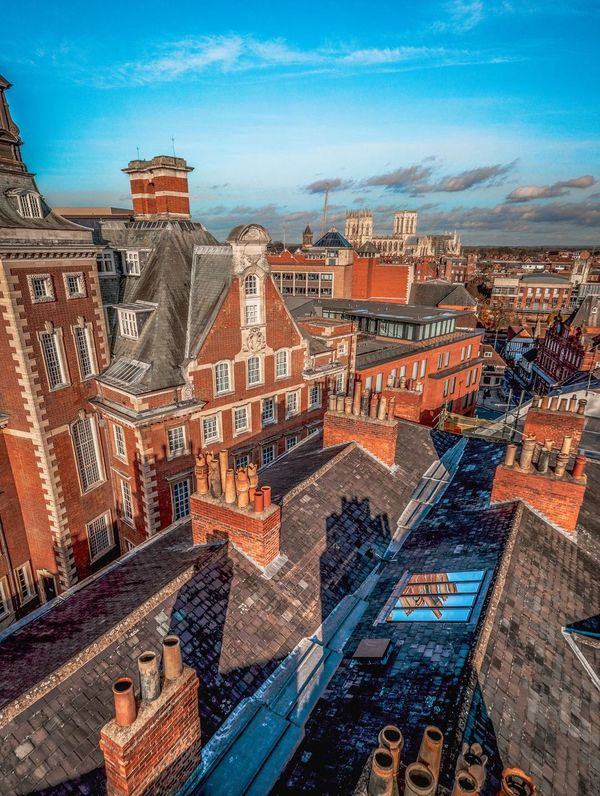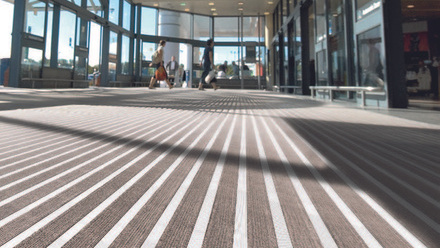A brief history of conservation rooflights
They are an essential element of many historic buildings, and their evolution overtime reflects the changing needs and priorities of designers, builders, and building owners.
The history of conservation rooflights can be traced back to the Middle Ages, when they were commonly used in churches and other religious buildings. At this time, they were typically small, narrow, and set high in the roof, designed primarily to allow natural light toenter the building while minimizing the loss of heat. They were often made of small panes ofglass set in lead cames, and their design and placement were determined by the structural requirements of the building.
During the Georgian and Victorian eras, rooflights became more widespread in residentialand commercial buildings, reflecting a growing interest in natural light and ventilation. As technology improved, larger and more complex rooflights were developed, often incorporating metal frames and ornate details. These rooflights were designed to be both functional and decorative, and their placement and design were carefully planned to complement the building's overall aesthetic.
In the early 20th century, the development of new materials, such as reinforced concrete and steel, led to further innovation in rooflight design. Designers and builders began to experiment with new shapes, sizes, and materials, creating rooflights that were both structurally sound and visually striking. The development of the art deco style in the 1920s and 30s saw the introduction of curved and streamlined rooflights, reflecting the era's interest in modernity and innovation.

The post-war period saw a renewed focus on energy efficiency and sustainability, leading to the development of more sophisticated rooflight systems. Glass technology improved, allowing for larger panes of glass to be used in rooflights, and insulation and glazing technology advanced, reducing heat loss and increasing energy efficiency.
Today, conservation rooflights continue to evolve, reflecting changing building regulations, environmental concerns, and technological advancements. Modern conservation rooflights are designed to balance the need for natural light and ventilation with the need to conserve energy and reduce carbon emissions. They are often made of high-performance materials such as double-glazed glass and stainless steelframes, and they are carefully engineered to meet the specific needs of each building.
In conclusion, the history of conservation rooflights reflects the changing priorities and values of the designers, builders, and building owners who have used them over the centuries. From the small leaded windows of medieval churches to the high-tech, energy-efficient systems of today, conservation rooflights have played an important role in the development of architectural design, and they will no doubt continue to do so for many years to come.
For all your rooflight needs please visit: https://stellarooflight.co.uk




